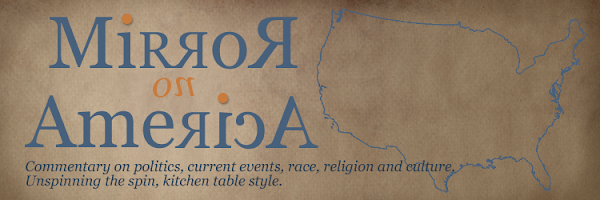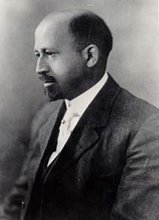The author of the Forbes.com article, interestingly, is a fellow at the conservative think tank American Enterprise Institute. If this is the type of stupid propaganda that the AEI is coming up with these days in their effort to indoctrinate Americans they are gonna have to do better as Deepa Iyer deftly demolishes Richwine's condescending, racist argument. Despite this note which perspective got the wider and more prominent distribution in Forbes Magazine.
Indian Americans: The New Model Minority by Jason Richwine
From Forbes.com
The superior educational attainment, academic culture and likely high IQ of Indian Americans has already made them an economic force in the U.S., and that strength can only grow. Does this continuing success imply they will become a political force? Here, Gov. Jindal is actually a rarity. Indians are still underrepresented in politics, and they do not specialize in the kinds of fields (law and finance) most conducive to political careers. Time will tell if they are able to convert economic power into serious political influence, as a Jindal presidency could.
A much clearer implication of Indian-American success is that immigrants need not be unskilled, nor must their economic integration take generations to achieve. In sharp contrast to Indian Americans, most U.S. immigrants, especially Mexican, are much less wealthy and educated than U.S. natives, even after many years in the country.
Model Minority? No, Thanks by Deepa Iyer
From RaceWire: The Colorlines Blog
In reality, Indian Americans, much like other immigrants, have diverse experiences and backgrounds. Indian Americans are doctors, engineers and lawyers, as well as small business owners, domestic workers, taxi drivers and convenience store employees. Community members hold a range of immigration statuses and include naturalized citizens and H-1B visa holders, guest workers and students, undocumented workers and green card holders. Some have access to higher education while others struggle to learn English in a new country. As with all communities, Indian Americans do not come in the same shape and form, and cannot be treated as a monolith.
Another danger with the model minority label is that it creates divisions between Indian Americans and other immigrant communities. Beneath the seemingly positive use of the “model minority” label is a pernicious racist undertone: the purpose, after all, is to compare one set of people with another, and the result is to pit people of color against one another.















No comments:
Post a Comment